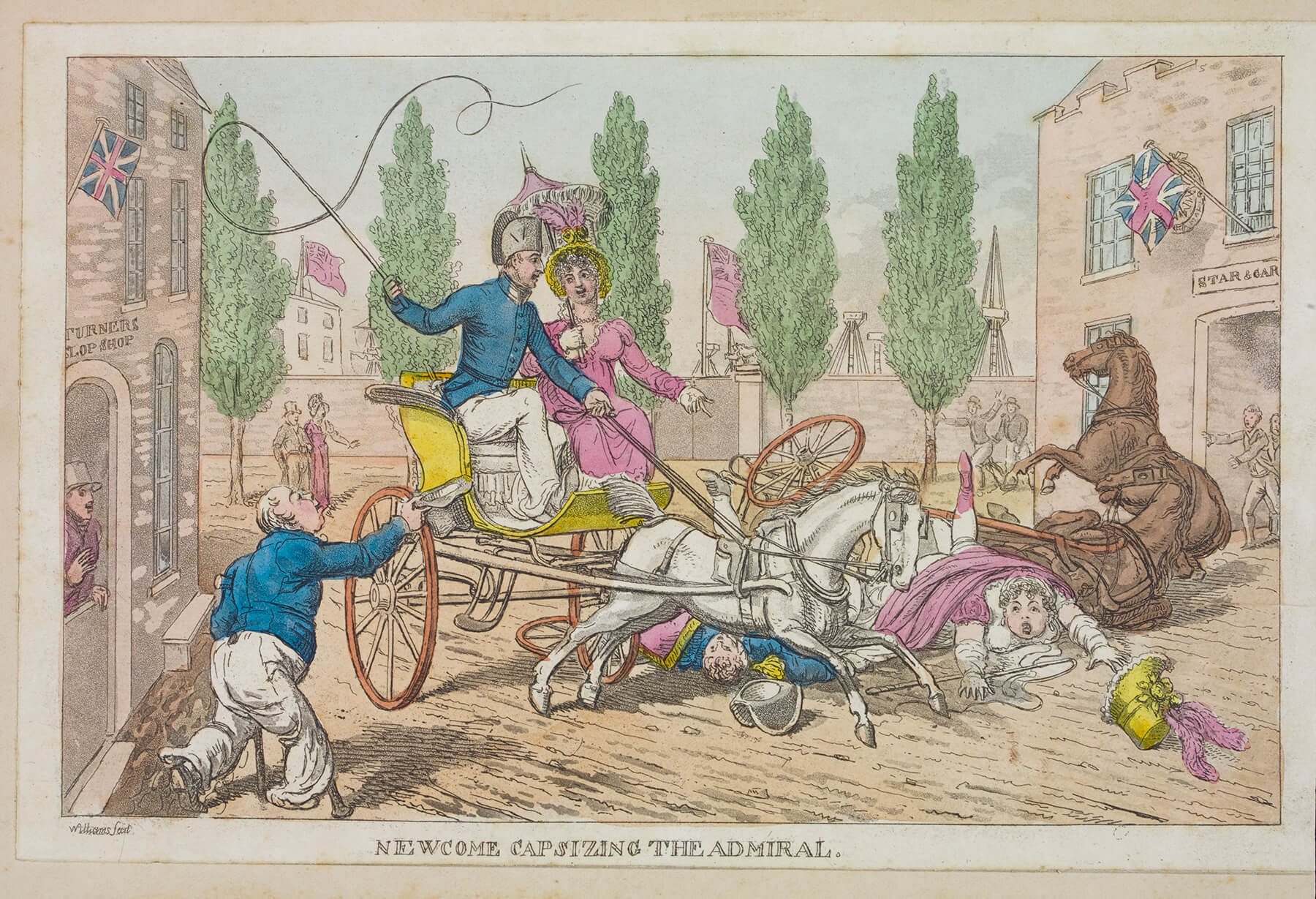Who’s who?
Certain appointments at the Royal Hospital were assigned designated carriage bays at the stables. The original carved stone panels identifying which coach house belonged to each appointment have survived.
The named individuals holding the posts below were the first to have their carriages in Soane’s stables.
Governor
General Sir David Dundas was Governor of the Royal Hospital from 1804-1820.
The Governor had two coach houses and it is thought he would have owned several carriage horses, as well as a riding horse. Some of the stalls would have been largely empty - reserved for visiting horses - as the Governor was likely to have entertained and hosted visitors from across the city.
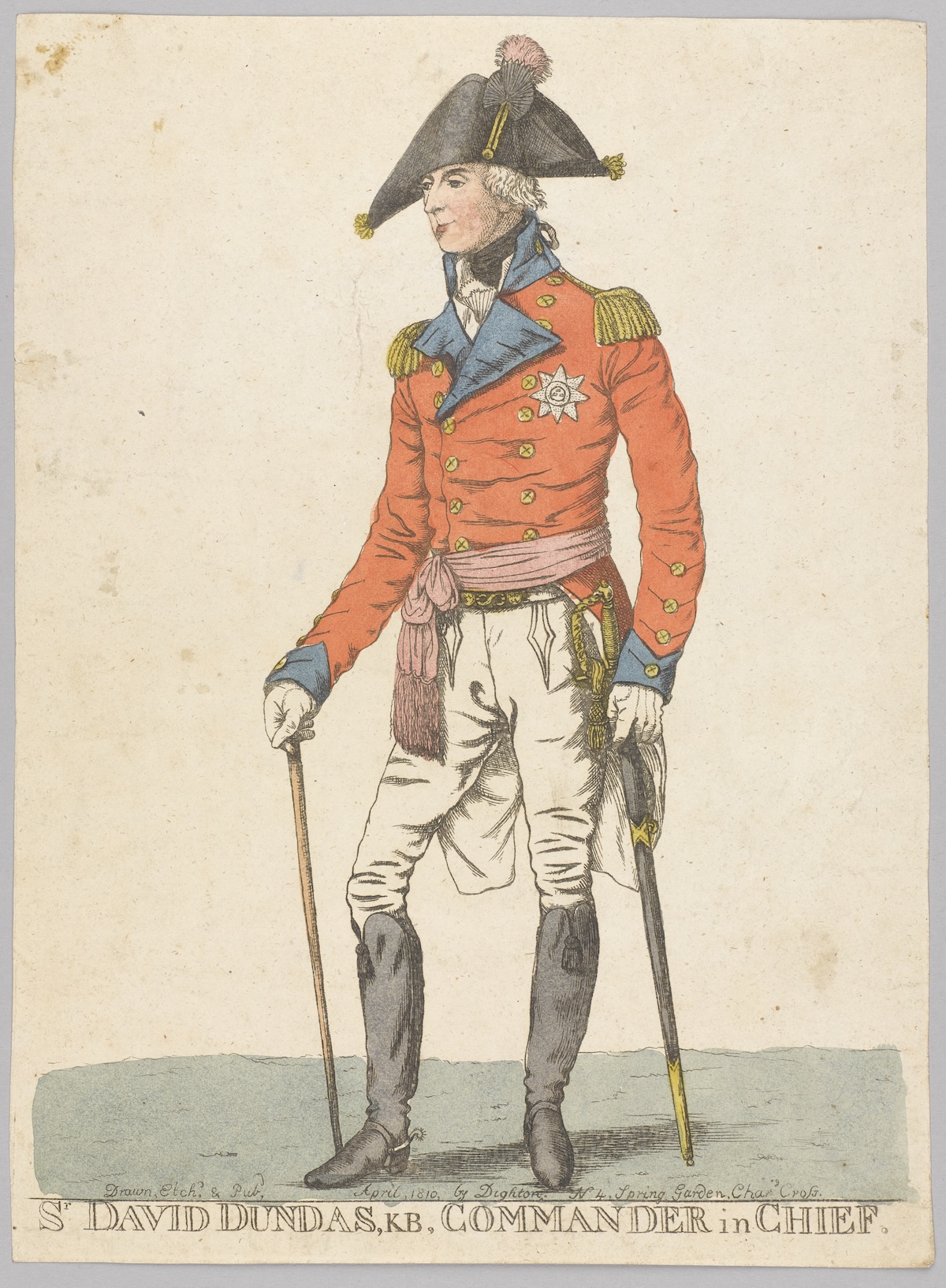
Secretary
The Secretary was an administrative post. Richard Neave held this post from 1816 for over 30 years. He was a guest at the dinner to celebrate Sir John Soane’s election as a Fellow of the Royal Society in 1821.
Major
This post was held by Lieutenant Colonel Henry Le Blanc from 1814. Having lost a leg in battle in 1806, he was nicknamed ‘Stumpy’ by his peers. He continued to serve and fought at the Battle of Waterloo in 1815. A popular and well-respected officer thanks to the many improvements he made for the Chelsea Pensioners, he served at the Royal Hospital for over 40 years.
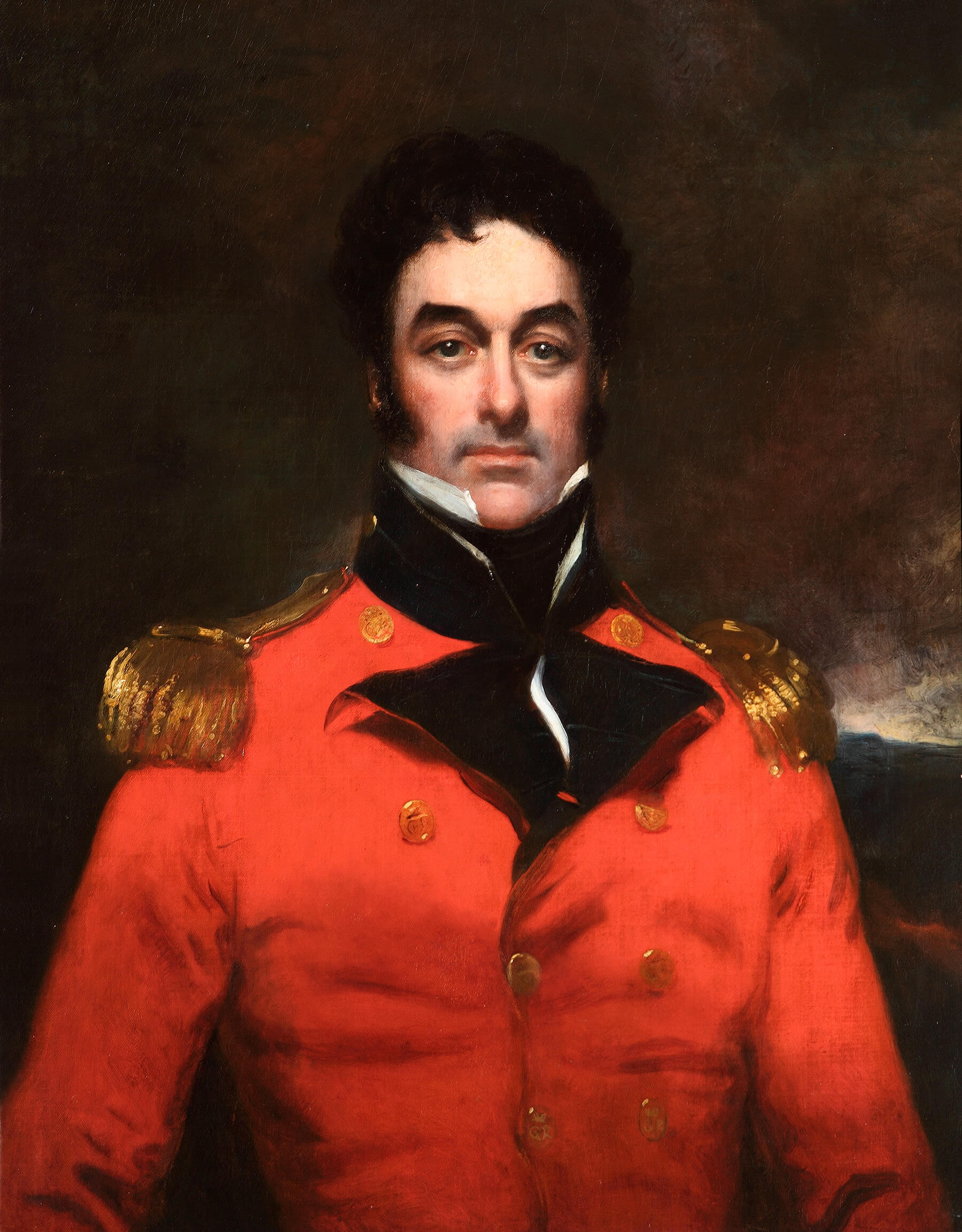
Deputy Pay Master
Directly subordinate to the Paymaster General, this role was held by Colonel William Henry Spicer from 1812. He was the last person to hold this office, which was abolished in 1836.
The fashions in horse-drawn transport
The Royal Hospital stables would have operated slightly differently to those belonging to typical aristocratic households of the period.
A city stable yard would accommodate the family chariot. This would not only transport people, but would visually demonstrate the importance of the owner to those they passed through heraldic devices on the side panels.
However, a military officer of the Regency period (such as those at the Royal Hospital) would have been more likely to drive a phaeton. Mail and Stanhope were popular models. Phaetons were drawn by a pair of horses. The owner, rather than a coachman, was the driver, sometimes accompanied by a groom or footman. They were commonly used for drives around parks and for longer distances.
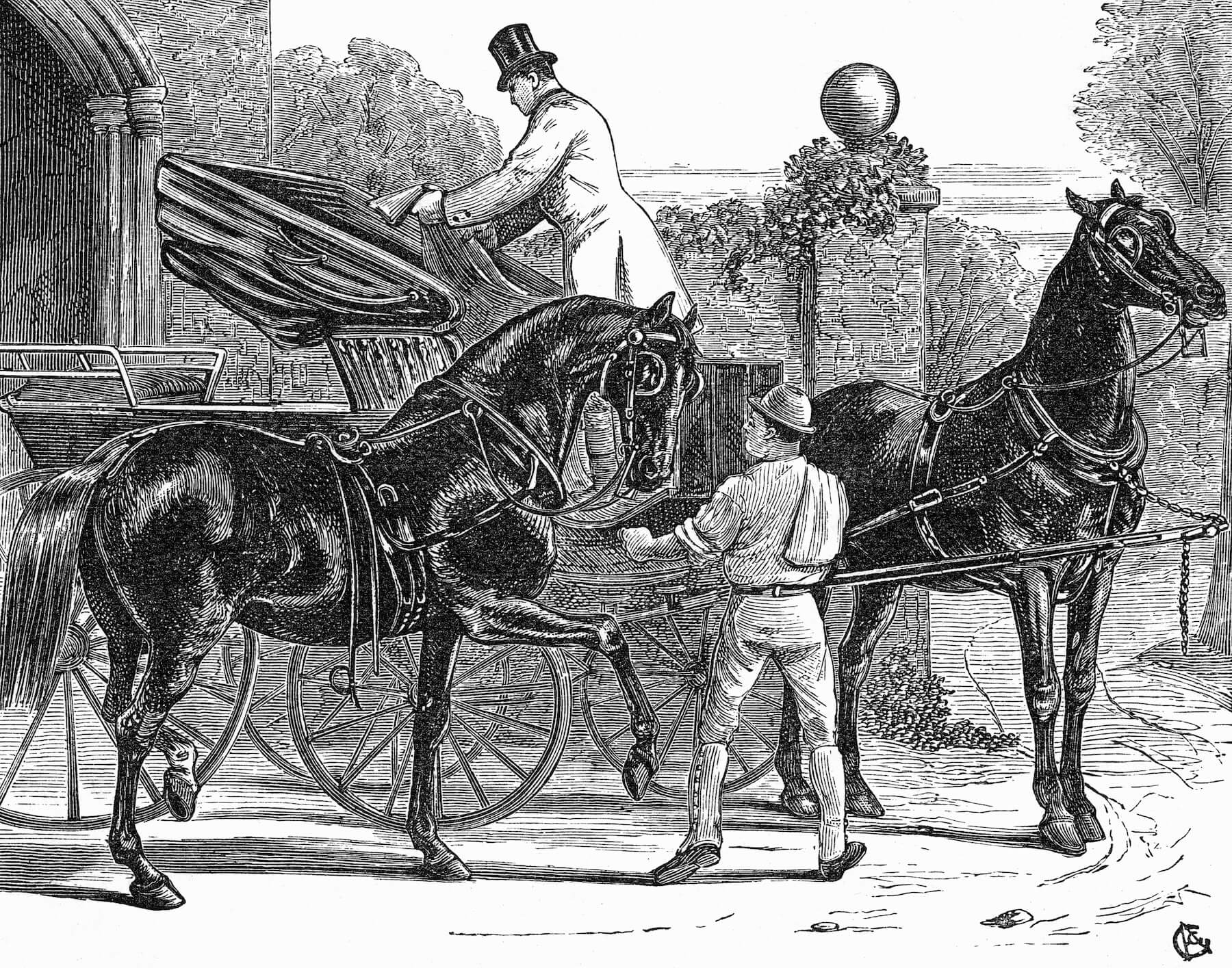
For family travel, the Governor of the Royal Hospital may have owned or hired a Post Chaise, common practice amongst city dwellers.
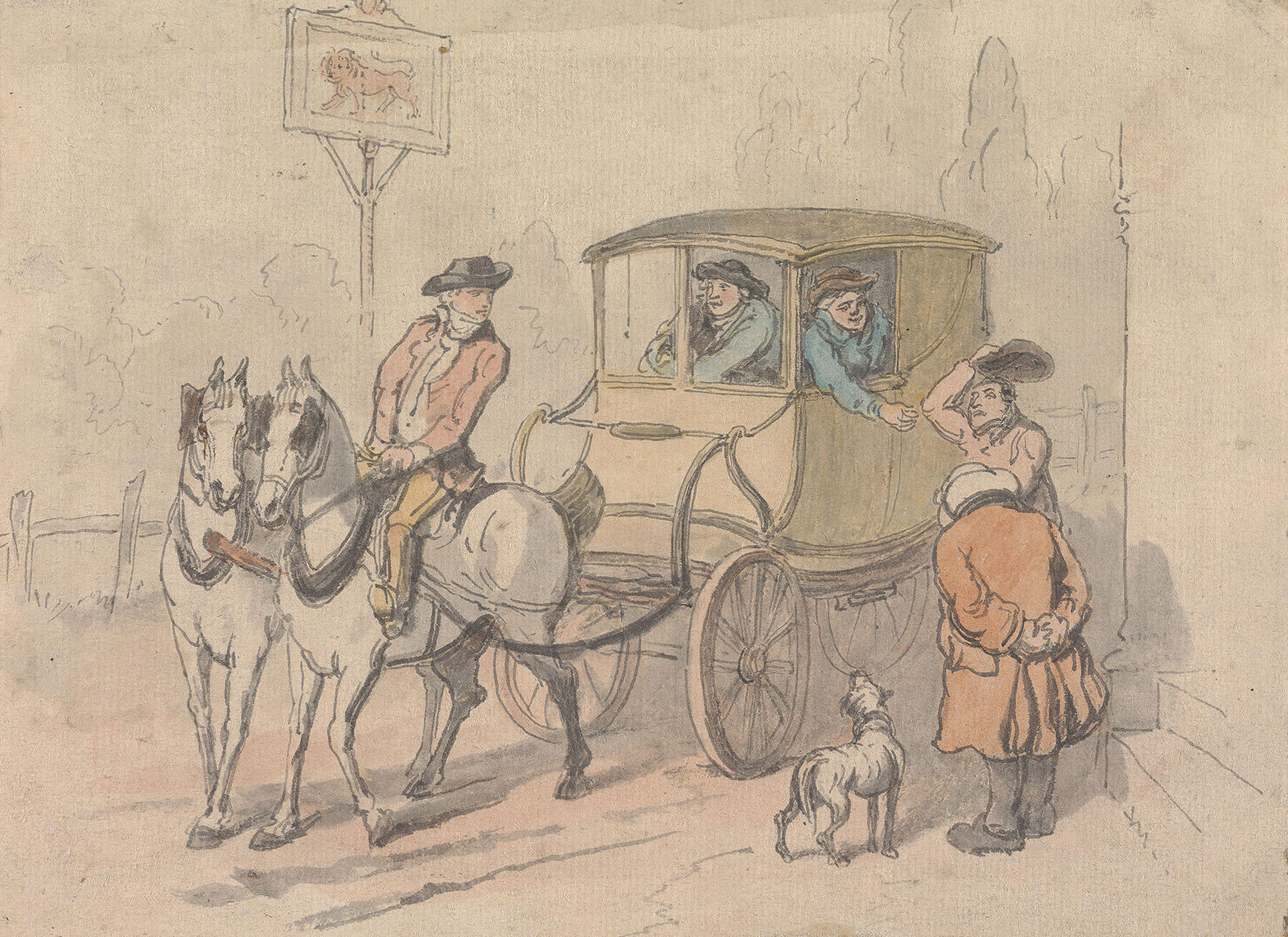
A post chaise could be driven by a coachman, or the pair of horses would be ‘postillion ridden’, as shown here.
Satirical engravings of the period suggest that military personnel also drove themselves around in gigs. These fashionable two-wheeled carriages were commonplace in any stable yard as they could be quickly and easily harnessed to a horse, allowing for a rapid departure. It is likely that gigs would have been the popular choice for the Royal Hospital’s senior staff, as opposed to a coachman-driven carriage.
